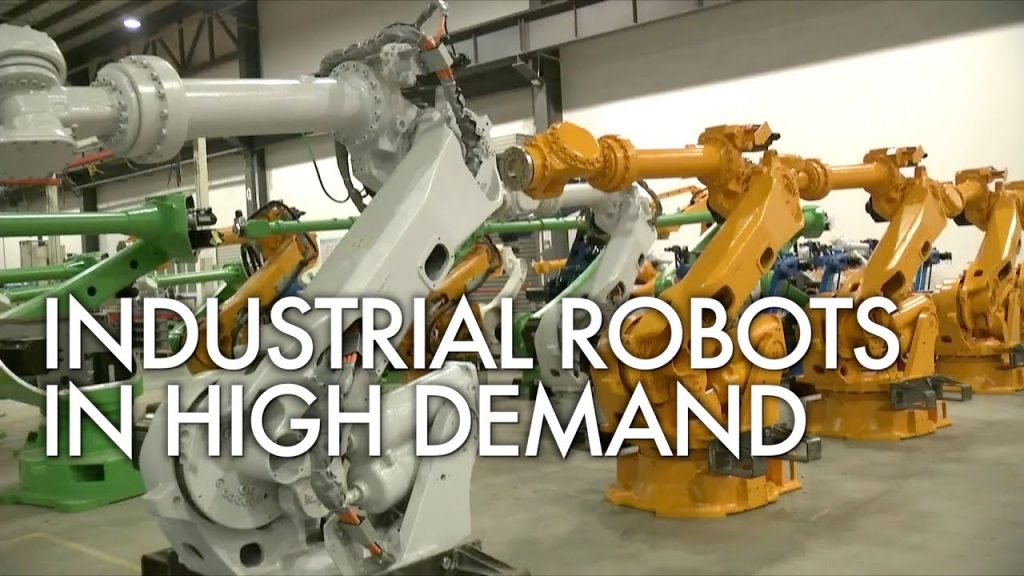An assembly line of robotic machinery is being tested in China, where more and more sectors are using automation to increase productivity and efficiency. With the rise of industrial robot manufacturers, China has become the world’s largest consumer of industrial robots, with an increasing number of sectors embracing automation.
This shift towards automation in China is not only transforming the manufacturing industry but also impacting various other sectors. From healthcare to logistics, robots are revolutionizing the way tasks are performed, leading to increased accuracy, reduced costs, and improved overall efficiency.
The integration of robotic machinery in manufacturing processes has proven to be a game-changer for industries in China. The use of industrial robots allows for faster and more precise production, leading to higher productivity levels. This has resulted in reduced labor costs and increased output, making China a highly competitive player in the global market.
Industrial robot manufacturers in China have been at the forefront of this technological revolution. With their expertise and advancements in robotics, they have been able to cater to the diverse needs of different sectors. These manufacturers have developed a wide range of robots, each designed to perform specific tasks with precision and efficiency.
One such example is the adoption of robots in the healthcare sector. China has seen a significant increase in the use of robots in hospitals and healthcare facilities. These robots are capable of performing tasks such as patient monitoring, medication dispensing, and even assisting in surgeries. By integrating robots into healthcare processes, China has been able to improve patient care, reduce human errors, and alleviate the burden on medical staff.
Logistics is another sector that has greatly benefited from the integration of industrial robots. With the rapid growth of e-commerce in China, the demand for efficient and timely delivery has increased exponentially. Industrial robots have been deployed in warehouses and distribution centers, streamlining the entire logistics process. These robots are capable of sorting, packaging, and loading goods, resulting in faster and more accurate deliveries.
The rise of automation in China has not come without its challenges. While robots have undoubtedly increased productivity and efficiency, there are concerns about the impact on the labor market. As more tasks become automated, there is a fear of job displacement and unemployment. However, proponents argue that automation creates new job opportunities, requiring skilled workers to operate and maintain the robots.
China’s transformation into the world’s largest consumer of industrial robots has not gone unnoticed by the global market. International companies are increasingly looking towards China for partnerships and collaborations with local industrial robot manufacturers. The expertise and advancements in robotics made by Chinese manufacturers have positioned them as leaders in the industry.
Looking towards the future, the integration of industrial robots in various sectors is only expected to grow. As technology continues to advance, robots will become more intelligent, capable of performing complex tasks with minimal human intervention. This will further enhance productivity, efficiency, and overall competitiveness for industries in China.
In conclusion, China’s rapid adoption of industrial robots has propelled it to become the world’s largest consumer of automation technology. With the expertise of industrial robot manufacturers, China has successfully integrated robots into various sectors, leading to increased productivity and efficiency. While there are concerns about job displacement, the benefits of automation outweigh the challenges. As technology continues to advance, the role of robots in different industries will only expand, further solidifying China’s position as a leader in the global market.
Industrial Robot
China’s Rise: From Manufacturing Powerhouse to Leader in Industrial Robotics



